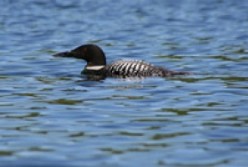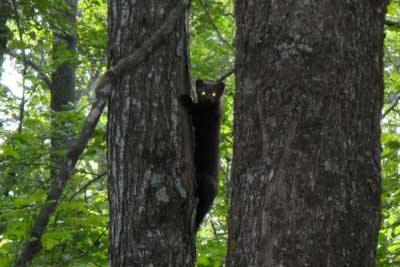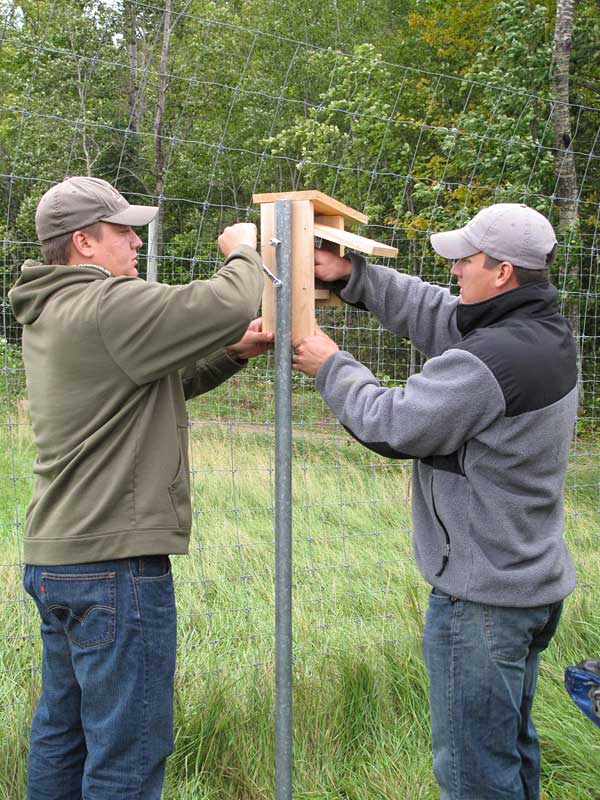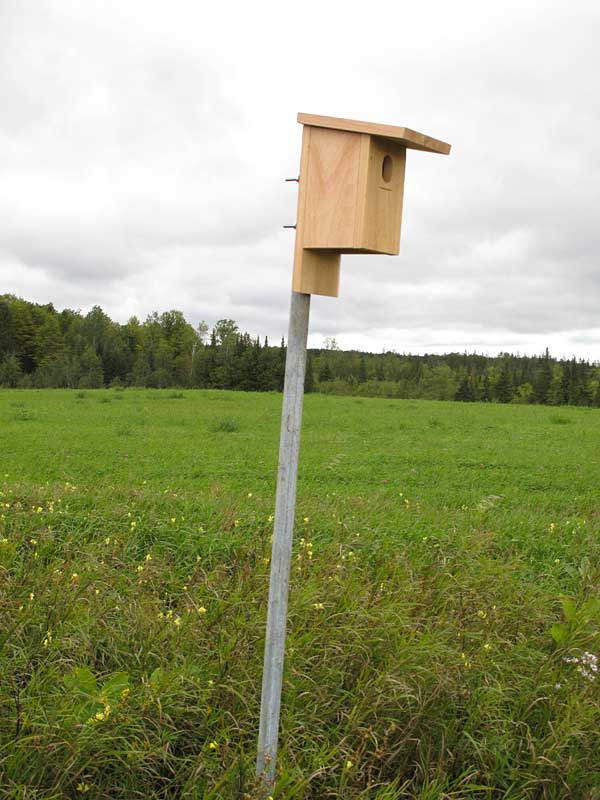Wildlife are an important part of the Potawatomi history, culture and continued sustenance. The FCPC Wildlife Program is designed to conserve, protect, monitor and enhance tribal wildlife resources while providing substance harvest opportunities to FCPC membership. Through ongoing wildlife and habitat monitoring projects, research, inter-agency cooperation, and sound scientific management, the Wildlife Resources Program works to ensure ample wildlife resources for future generations. Working with other area tribes as well as state, federal, and university cooperators, NRD’s Wildlife Resources Program will build capacity for the tribe to manage and maintain its important wildlife populations and provide a baseline for future monitoring programs.
Loon Watch
We are working on getting several important projects off the ground, including a full-scale biodiversity inventory of FCPC land, a Chronic Wasting Disease monitoring program for white-tailed deer and an ongoing loon monitoring program.

The FCPC Wildlife program is collaborating with Wisconsin DNR and the Northwoods Loon Protection Program to conduct research designed to evaluate the population status of common loons in northern Wisconsin and to recommend management strategies to maintain a healthy population in Wisconsin into the future.
Photo by Heather Stricker
Bird Research / Management
In the late 70s and 80s bluebirds plunged to alarmingly low numbers. Ice storms on their wintering grounds, a loss of nesting habitat due to habitat conversion and poor nesting success up north contributed to a 90 percent reduction in bluebirds here in less than 50 years.
Alarmed about this situation, Wisconsin DNR’s Bureau of Endangered Resources approached citizen groups around the state back in the winter of 1986 to stimulate interest in starting an artificial nest box program to bring back this imperiled species.
In the past 23 years, the bluebird population has made an astounding recovery in Wisconsin and is now at a 45-year high, likely due to nest boxes installed across the state. In fact, Wisconsin leads the nation in rebuilding the bluebird population from artificial nest boxes.
Bluebirds are territorial and need at least one to three acres and up to 20 acres of land to collect food. The open land of the Potawatomi Red Deer Ranch provide just this type of habitat and should support a healthy bluebird population. In summer 2010, FCPC Wildlife installed 10 bluebird boxes at the Red Deer Ranch this summer to promote bluebird nesting and populations in the area. Boxes will be checked every summer for nests and young.
Mammal Research/Management
FCPC wildlife crew members (Joe Shepard, Frank Shepard, Heather Stricker) have been assisting the Menominee and Stockbridge-Munsee Mohican tribes in assessing black bear population health and reproduction on their lands. Adult black bears are radio-collared and tracked to assess habitat use and survival, and in the winter while in dens, their collars are replaced, health of the bear is assessed, and cubs are weighed and receive a check-up. This 21 year old female is still producing offspring, with three healthy female cubs this year.
-Photos courtesy of FCPC Wildlife Resources
Chronic Wasting Disease Monitoring

Chronic Wasting Disease (CWD) is a transmissible neurological (brain and nervous system) disease found in deer, elk and moose. CWD is known as a transmissible spongiform encephalopathies (TSE’s) or prion disease. CWD has the ability to greatly reduce deer herd health and size. CWD may affect the population size by lowering survival rates and destabilizing long-term population dynamics. Additionally, because the affect on humans is currently unknown, it is important to monitor the spread of this disease.
It is important for the FCPC to take pro-active management role in wildlife health and management. Not only is it important for the FCPC NRD to take a proactive role in the management of wildlife, but also for the FCPC members to help out to ensure good health and sustainability for our wildlife populations. Tribal membership highly values whitetail deer and many other species as part of their history, culture and continued sustenance. This is an opportunity to maintain healthy wildlife populations on tribal land.
FCPC Wildlife Program is asking hunters to submit samples to be sent in for testing for CWD. Samples are taken from the brain/spinal cord of harvested deer. Hunters may bring in the entire animal or just the head for samples to be removed at the Natural Resources Department. Please keep note of where and when the animal was harvested, as specific as possible.
Biodiversity Inventory

A proposal is currently underway to conduct the tribe’s first comprehensive biological diversity inventory. This entails surveys that document the variety of plant and animal species present on FCPC land.
This project will provide baseline data on the wildlife resources present which can be used for future monitoring and conservation efforts.
Through this project, FCPC staff will conduct amphibian and reptile surveys, bird surveys, mammal surveys and use AnaBat technologies to document bat species. Opportunities may exist for tribal members to volunteer and participate in field activities. Contact the Natural Resources Department for more information.




